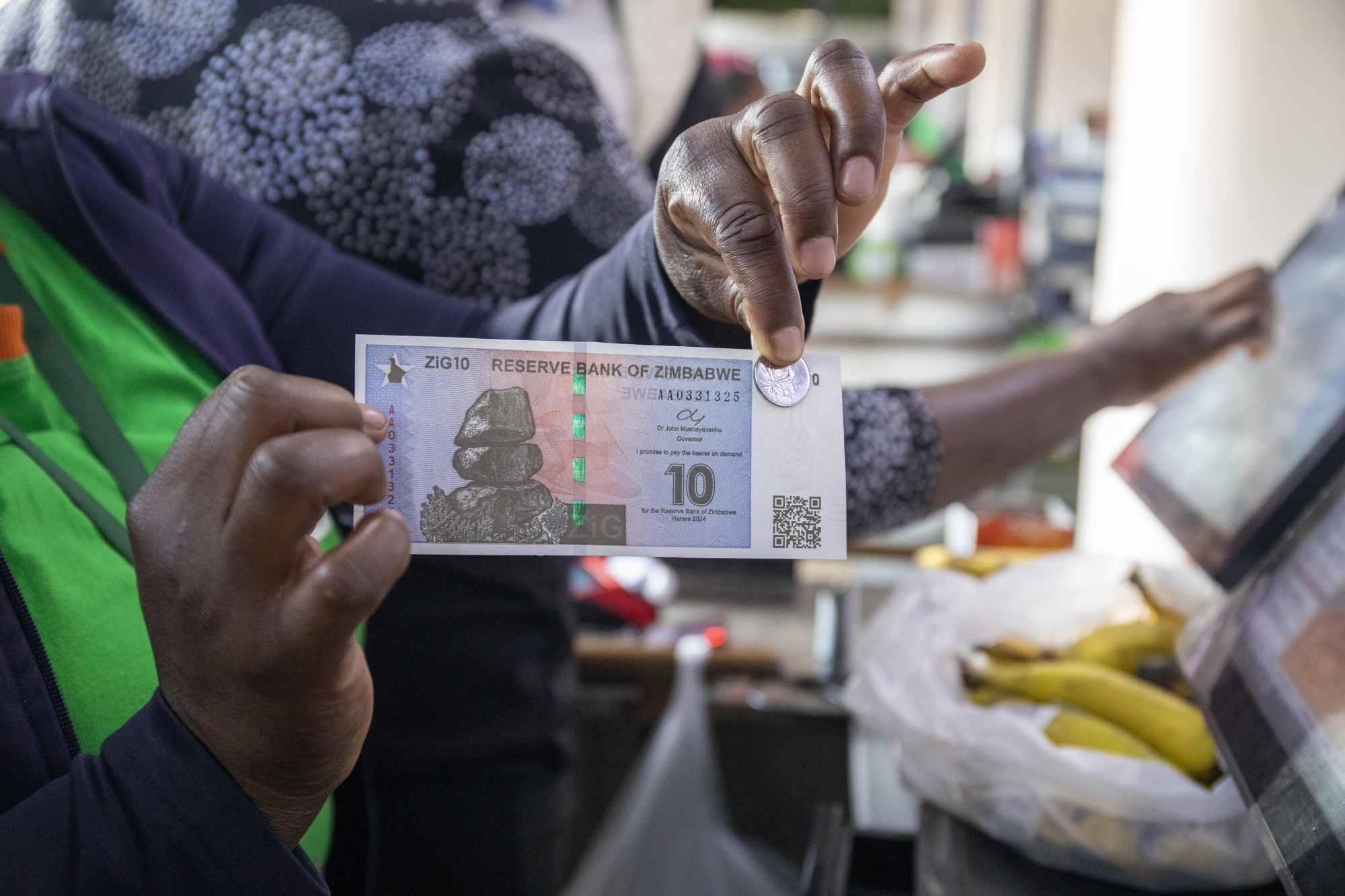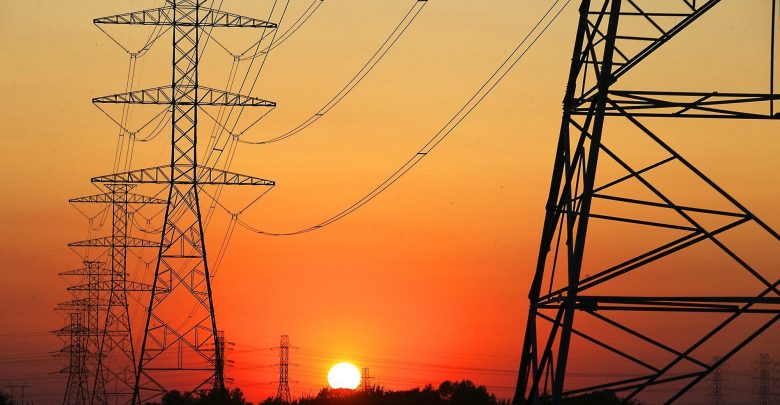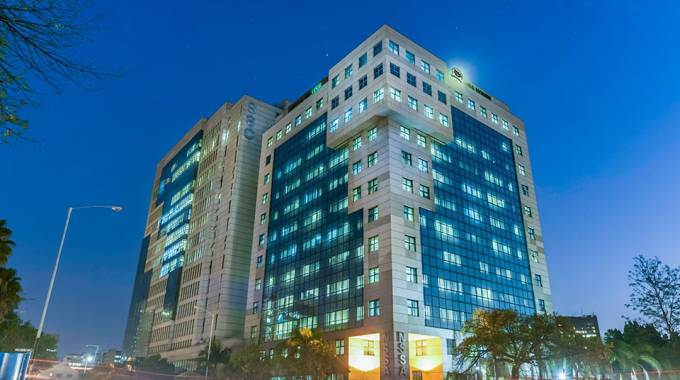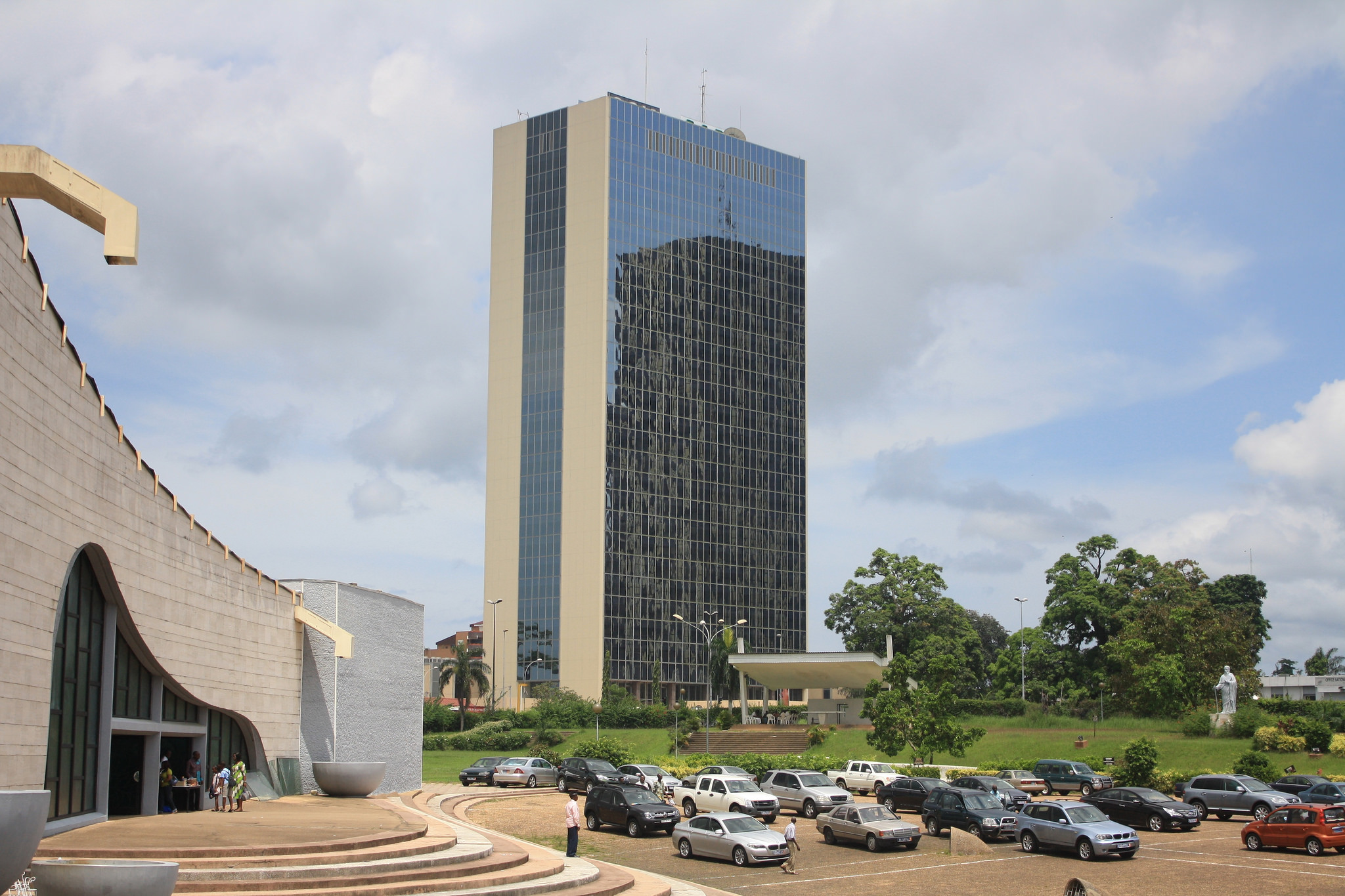Bulawayo plans US$1 Million deep well to address water crisis
Bulawayo City Council is considering a substantial investment of up to US$1 million to drill a single deep well in the proposed Matobo Aquifer, as part of its Bulawayo Groundwater Resources strategy to address the city’s ongoing water crisis.
The proposed well, estimated to be between 800 metres to 1.2 kilometres deep, could produce a water yield equivalent to 10 shallow wells, providing a significant boost to the city’s water supply.
The Matobo Aquifer is located in the Matobo District of Matabeleland South Province and is known for its pressurised nature, allowing water to rise naturally to a certain level and flow by gravity from the bottom hole to the wellhead.
According to the local authority, the aquifer is recharged by moderate to low rainfall in the region, with water percolating through the soil and rocks.
The estimated yield from the aquifer is between 20 to 40 megalitres per day, with the proposed boreholes expected to reach depths of 1 to 3 kilometres.
According to the latest council agenda, the Future Water Supplies and Water Action Committee has recommended to the Finance and Development Committee to drill at least one deep well in the Matobo Aquifer to evaluate its potential yield.
“A single deep well (800m to 1.2 km in depth and over 1.5m width) could achieve yield equivalent to 10 shallow wells.
The water quality was improved as the well was tapping from depths over 800m into the ground.
“Cost of siting, drilling and equipping each borehole was estimated between US$500,000 to US$1,000,000 depending on borehole depth,” reads part of the report.
The council also emphasised the need for a detailed hydrogeological assessment of the aquifers to better understand groundwater systems and ensure sustainable management.
This approach would integrate multiple disciplines, including geology, hydrology, chemistry, and environmental science, and involve collaboration with various stakeholders to effectively address water resource challenges.
The report recommended engaging with key stakeholders to formulate a comprehensive plan for the development and management of Bulawayo’s potential groundwater resources.
The need for new water sources is critical as Bulawayo continues to grapple with a severe water crisis, driven by declining water levels in supply dams and rapid population growth over the past two decades.
The city currently relies on six surface water sources—Insiza, Inyankuni, Lower Ncema, Upper Ncema, Umzingwane, and Mtshabezi—and one groundwater source, with a combined total yield of 181.5 megalitres per day.
As the city explores new solutions to its water challenges, the proposed deep well in the Matobo Aquifer represents a potentially transformative project for Bulawayo’s water security.-chroncile











